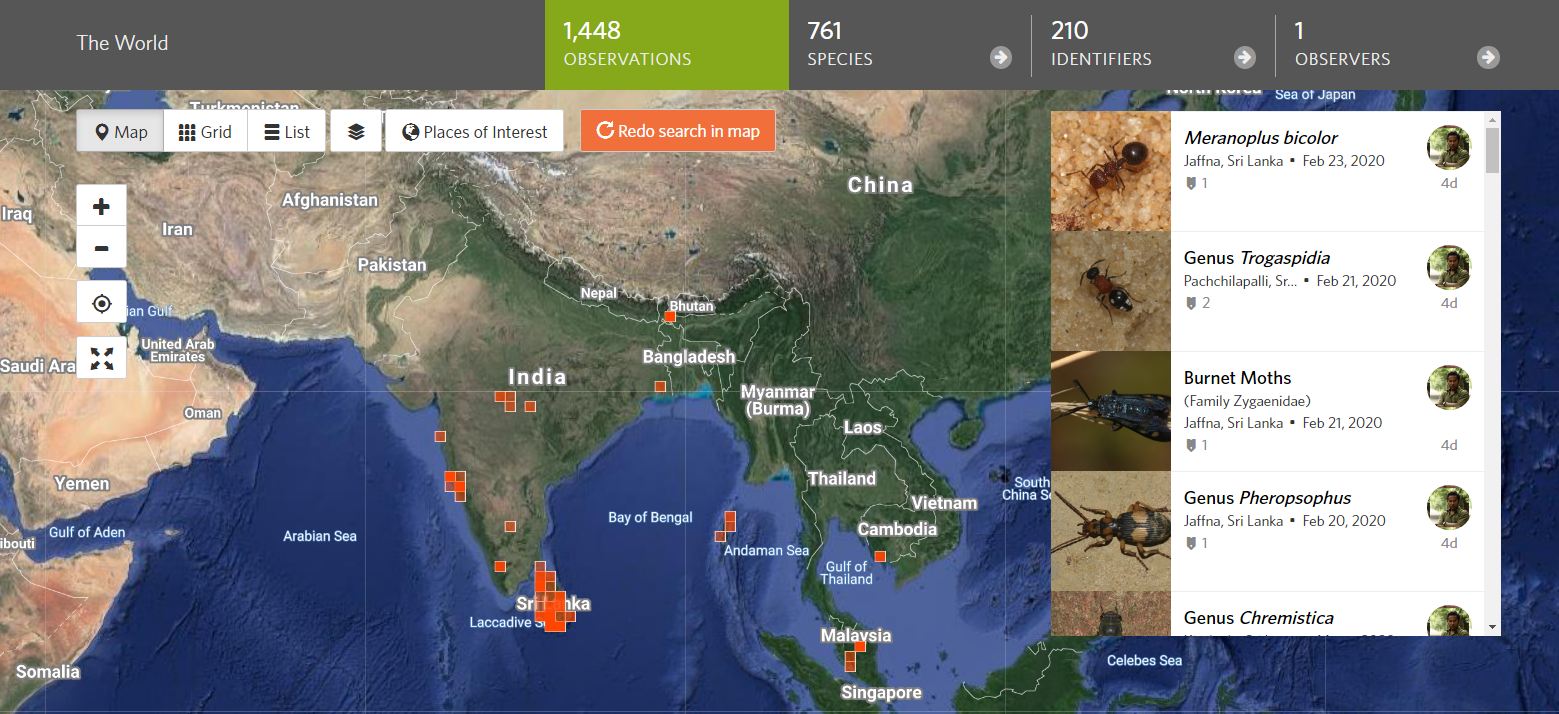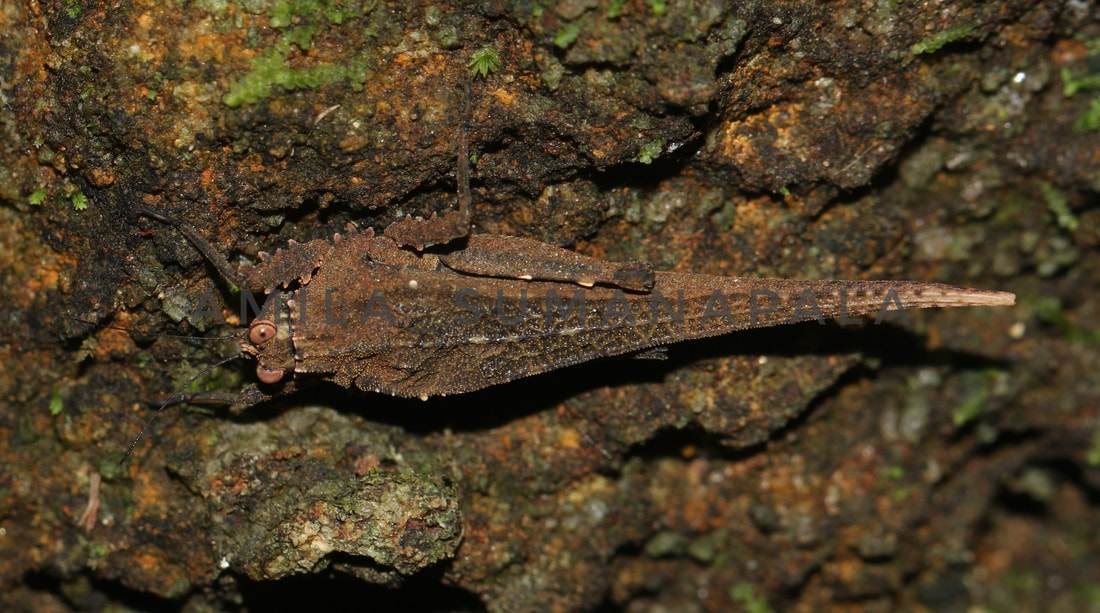
Citizen science emerged as a way of engaging the interested general public in scientific research and natural history data gathering. Any movement that involves gathering observations of amateur naturalists for scientific purposes can be categorized as citizen science movements. The purpose of such programs includes documenting the biodiversity in a region and monitoring the biodiversity or related ecological phenomena (such as migration). Often, trained professionals or experienced naturalists are involved in these activities to provide expert information and verify the observations collected before they are being used for scientific purposes. These programs increases public involvement in science and also improve scientific knowledge of the interested public.
At the very beginning of citizen observations were often gathered through the postal network. A very good example for this is the Monarch butterfly migration study conducted in North America (http://www.flightofthebutterflies.com/). However, with the development of technology, especially the world wide web, mobile applications and mobile phone cameras for which the citizens worldwide has access to, citizen science has moved on to virtual platforms. Many such CitSci platforms are available targeting specific taxa and requirements such as the eBird, BugGuide and Project Noah.
Among these, the leading platform is iNaturalist, a joint exercise by the California Academy of Sciences and the National Geographic Society. It is a global program to document biodiversity by collecting observations of amateur naturalists. A user can access iNaturalist through its website or mobile applications iNaturalist and Seek. Observations are usually uploaded with photographic evidence (or sound clips) and are identified by the user community. A group of volunteer curators help in identification, keeping the taxonomy updated and resolving other technical issues. Any observation positively identified to species level by the community and verified by other users are graded as Research Grade observations and can be used for research purpose. All these observations are linked to the GBIF, Global Biodiversity Information Facility.
I was introduced to iNaturalist at the Student Conference on Conservation Science – Bengaluru back in 2014 by a group of Indian Citizen Scientists but I never actively contributed to it until last year. On 25th March 2019, a year ago I uploaded my first iNaturalist observation, a long-horn beetle I observed at Bundala National Park during a National Bird Ringing Program, which was later IDed as Cremnosterna plagiata. My interest in invertebrates lead me to start using iNaturalist and I never stopped ever since. After a year of interaction with the iNaturalist I have provided over 1400 observations with 750 observations on Sri Lankan invertebrates. Many of the observations I recorded turned out to be first records in iNaturalist. My other observations are from 6 states of India including Andaman Islands, Malaysia and Cambodia. I also enjoy providing identifications to iNaturalist observations. I have provided over 12000 identifications with 8000+ positive IDs on Sri Lankan observations and 3200+ identifications on Indian Odonata becoming the leading identifier for both at the moment.
At the very beginning of citizen observations were often gathered through the postal network. A very good example for this is the Monarch butterfly migration study conducted in North America (http://www.flightofthebutterflies.com/). However, with the development of technology, especially the world wide web, mobile applications and mobile phone cameras for which the citizens worldwide has access to, citizen science has moved on to virtual platforms. Many such CitSci platforms are available targeting specific taxa and requirements such as the eBird, BugGuide and Project Noah.
Among these, the leading platform is iNaturalist, a joint exercise by the California Academy of Sciences and the National Geographic Society. It is a global program to document biodiversity by collecting observations of amateur naturalists. A user can access iNaturalist through its website or mobile applications iNaturalist and Seek. Observations are usually uploaded with photographic evidence (or sound clips) and are identified by the user community. A group of volunteer curators help in identification, keeping the taxonomy updated and resolving other technical issues. Any observation positively identified to species level by the community and verified by other users are graded as Research Grade observations and can be used for research purpose. All these observations are linked to the GBIF, Global Biodiversity Information Facility.
I was introduced to iNaturalist at the Student Conference on Conservation Science – Bengaluru back in 2014 by a group of Indian Citizen Scientists but I never actively contributed to it until last year. On 25th March 2019, a year ago I uploaded my first iNaturalist observation, a long-horn beetle I observed at Bundala National Park during a National Bird Ringing Program, which was later IDed as Cremnosterna plagiata. My interest in invertebrates lead me to start using iNaturalist and I never stopped ever since. After a year of interaction with the iNaturalist I have provided over 1400 observations with 750 observations on Sri Lankan invertebrates. Many of the observations I recorded turned out to be first records in iNaturalist. My other observations are from 6 states of India including Andaman Islands, Malaysia and Cambodia. I also enjoy providing identifications to iNaturalist observations. I have provided over 12000 identifications with 8000+ positive IDs on Sri Lankan observations and 3200+ identifications on Indian Odonata becoming the leading identifier for both at the moment.
| Among the observations I have made and recorded in iNaturalist, some are of personal importance or are attached to special memories. The observation of the Kite Spider, Gasteracantha diardi made at Fraser's Hill, Malaysia, which became the iNaturalist observation of the week and the observation of the endemic Pygmy Grasshopper, Gavialidium crocodilum made at Rammalekanda, which is probably the first ever known photographic record of the species are among such observations. The Stag Beetle, Platyfigulus scorpio, which was IDed through iNaturalist is another interesting record. |
| With over a decade of field experience, I have gathered knowledge on certain animal groups. However, when it comes to other lesser known taxa, especially most of the invertebrates, we are still at an amateur level. With iNaturalist and its diverse user community, learning about at least some of these taxonomic groups became a possibility as there are many specialists and experienced naturalists in the community who provide identification help and guidance. These interactions lead me to find new naturalist friends and in depth discussions on certain taxonomic matters. Over the past year, iNaturalist has been a part of my life and a very enjoyable experience that I recommend to all my colleagues. |





 RSS Feed
RSS Feed
